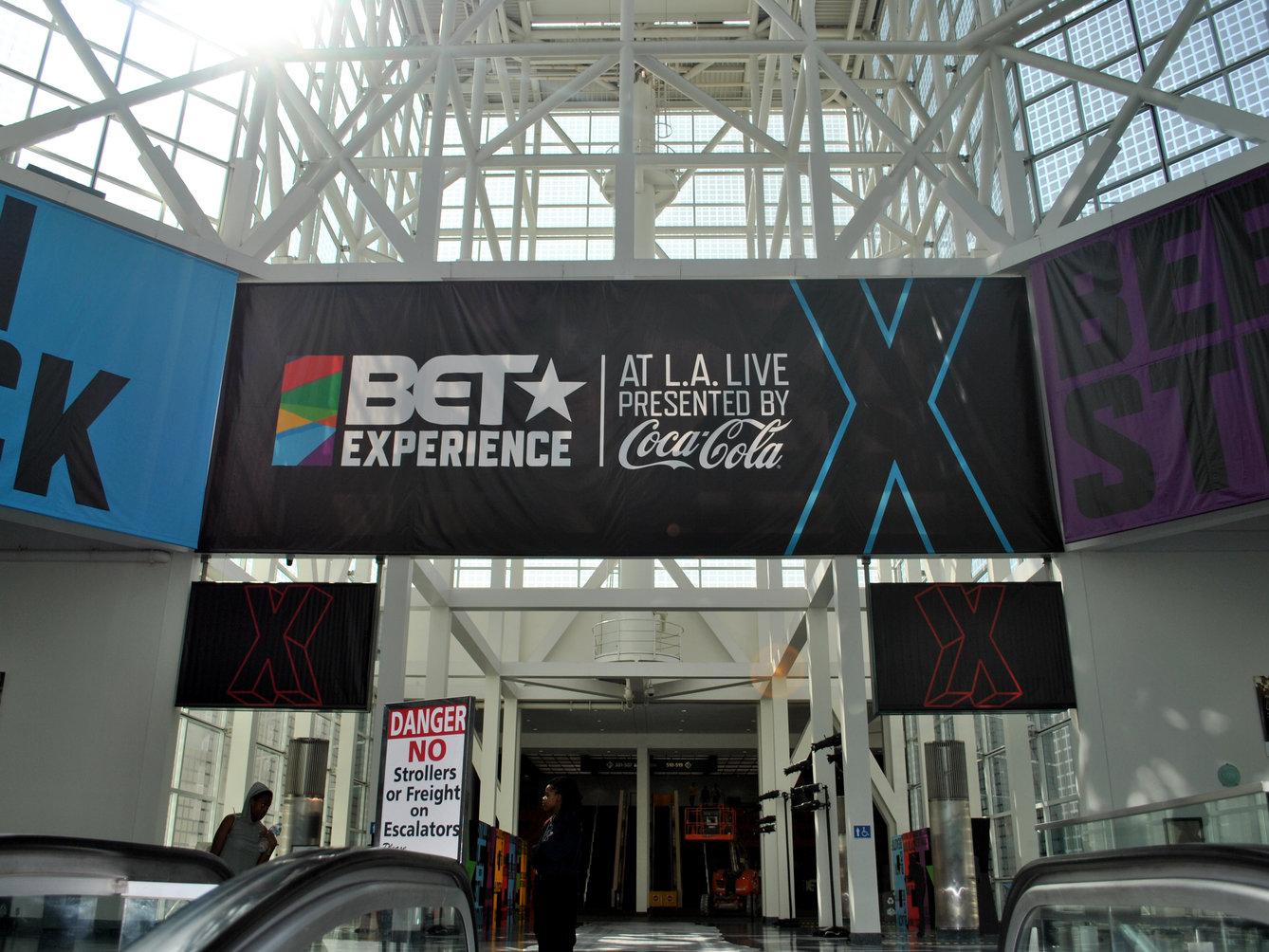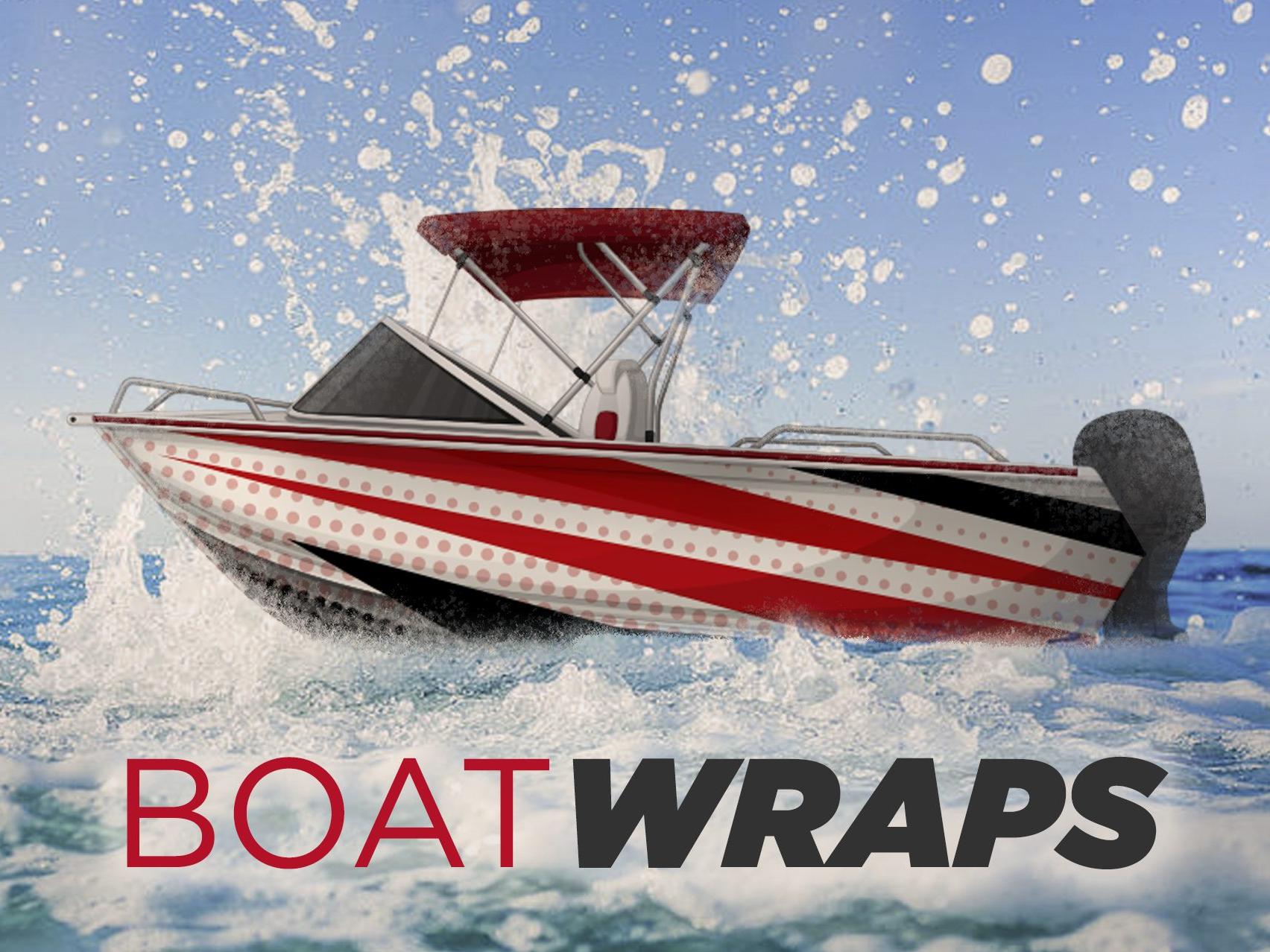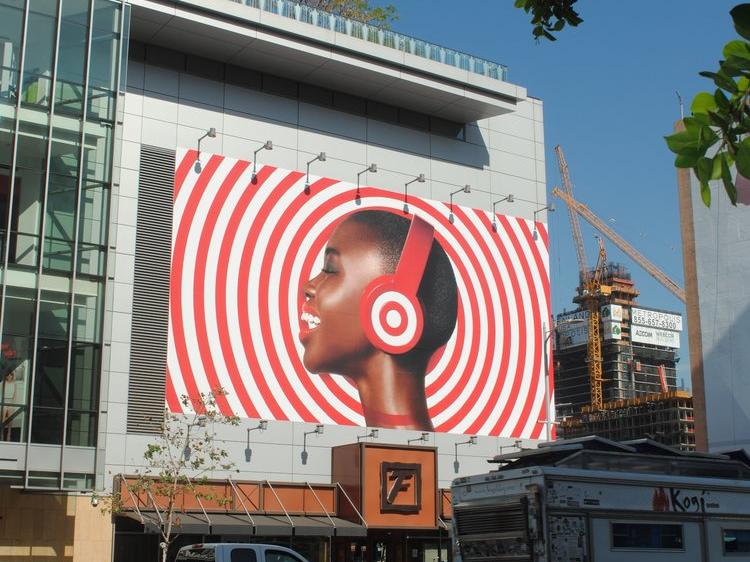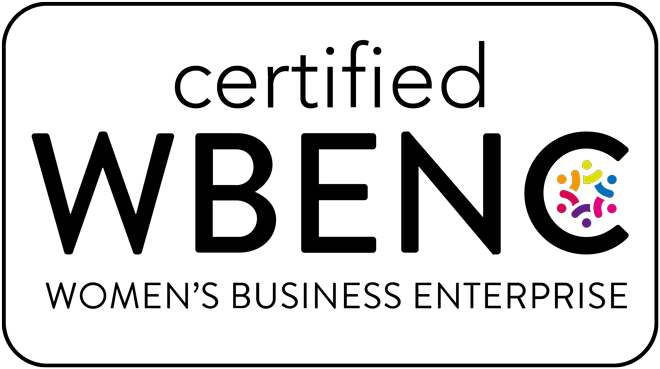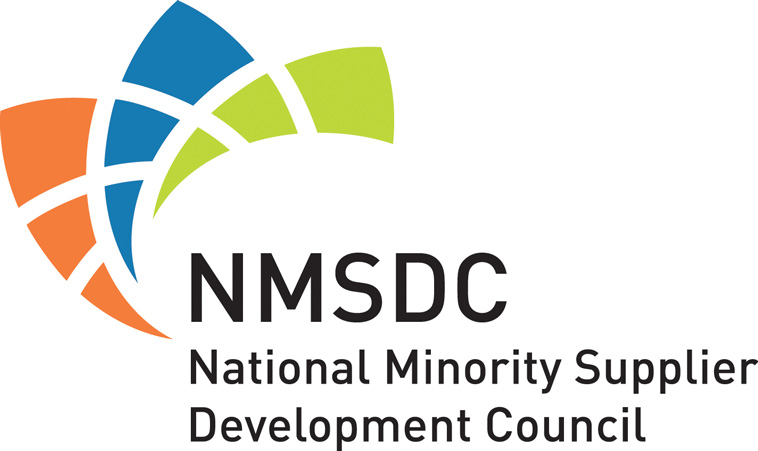Large format printing is a powerful visual medium that can take any business to new heights. However, many aspects of large format printing remain little known to the general public. That’s why we rounded up 17 of the most common questions about our industry to bring you a guide with everything you need to know about large format printing.
In this post, we’ll cover some of the most common topics about large format printing, including:
- What is large format printing?
- Why Is large format printing important?
- Who invented large format printing?
- What are the advantages of large format printing?
- What are some examples of large format printing?
- How to choose the right large format printing product?
- Who can take advantage of large format printing?
- What are some design tips for large format printing projects?
- What are some technical terms commonly used in large format printing?
- What are large format printers?
- What is the best type of large format printer?
- What substrates can you use for large format printing?
- Can you use photos in large format printing?
- Does large format printing have artistic applications?
- How much does a large format printing project cost?
- What is the future of large format printing?
- What are the characteristics of a great large format printing company?
- Everything You Need to Know About Large Format Printing: Wrapping It Up
What Is Large Format Printing?
As the old saying goes, first things first, so let’s begin by defining what large format printing is.
Large format printing, also called wide format printing or grand format printing, is the process of printing graphics that are too big to be created using the printers available to the average consumer.
There is no official measure to define what large format printing is, but any graphic that’s at least 24 inches wide can be considered a large format printing product.
The origins of large format printing date back to the 1950s. Since
then, the industry has evolved constantly to perfect its processes and
adapt to new trends in marketing and visual communication.
Why Is Large Format Printing Important?
Large format printing is important because it takes visual communication to a new level, amplifying a message in ways that were previously unthinkable.
And while large format printing is often used to advertise products, its importance goes beyond marketing.
For example, just think of the coronavirus pandemic. At the peak of this global crisis, large format printing played a key role in allowing many businesses to continue operations safely. From posters reminding people to wash their hands to floor graphics that made it easier for shoppers to maintain social distance, the last several months were a testament to the power and usefulness of large format printing.
Learn More About Large Format Printing
Who Invented Large Format Printing?
Many technologies had to converge in order to make large format printing possible. This includes advances in printing itself, but also the development of new materials as well as installation techniques.
With such a large number of factors at play, it’s impossible to
pinpoint a single person as the inventor of large format printing.
Rather, large format printing is the result of a process of
experimentation, improvement, and work whose origins can be traced back
to the mid-20th century, when vinyl was first used for advertising
purposes.
What Are the Advantages of Large Format Printing?
Large format printing offers competitive advantages compared to other forms of advertising:
- High impact. While an ad in a magazine might go unnoticed and online ads tend to annoy users, large format printing captures de attention of your potential audience in a way that is unobtrusive but impossible to miss.
- Low cost. Large format printing is a smart way to invest your marketing budget. Digital printing is extremely cost-effective and in many cases you can take advantage of surfaces you already have, such as walls or windows.
- Versatile. From conventional products such as billboards to innovative projects like building wraps, there’s a large format printing solution that meets your marketing needs without straining your budget.
What Are Some Examples of Large Format Printing?
Large format printing offers a full range of visual solutions to get your message out there. For example, your options include:
- Banners
- Wall graphics
- Floor graphics
- Window graphics
- Yard signs
- Building wraps
- Vehicle wraps
- Advertising flags
- Barricades
- Signage
- POP (Point of Purchase) and POS (Point of Sales) stands
- Out-of-home advertising (billboards)
As you can see there’s an option for every budget: you may start small with a yard sign, or think big with an impressive wall graphic or a towering vinyl banner.
Keep in mind that these are only the most common large format printing products. It’s not unusual to arrive at customized solutions that underscore what’s unique about your brand.
How to Choose the Right Large Format Printing Product?
With such a wide array of large format printing products, you may find it difficult to identify the solution that works for you. That’s understandable but there’s no need to worry—here’s what you need to consider:
- Outdoors or indoors? First, define whether you intend to place your graphics indoors or outdoors. This choice will have an impact on the materials and design of the final product. For example, a banner designed for outdoor use may need wind slits to avoid flapping, or it may even be advisable to use vinyl mesh (that has thousands of tiny holes on it) instead of vinyl.
- Use. This is the stress that everyday use will place on your graphics. An indoor window graphic is usually subject to less stress than a floor graphic placed in an area with heavy foot traffic. If your graphics are intended for heavy use, you may consider adding some type of lamination to extend their useful life.
- Distance from audience. The distance between a large format printing product and its audience is essential to determine aspects such as the type of font and the DPI (resolution) of the original file. If you need to communicate with your audience up-close, a small custom flag may be a good option. If what you need is to grab the attention of your audience from a distance, a big vinyl banner is a better alternative.
- Environment. Where do you intend to place your graphics? Sensitive environments such as daycares may call for specific printing methods to ensure that the final result is safe to use as intended.
Who Can Take Advantage of Large Format Printing?
While some of the most spectacular large format printing projects are commissioned by big brands, everyone can take advantage of this innovative medium.
Whether it’s a small business venturing into marketing for the first time or a company known all around the world, all types of businesses and institutions can use large format printing to connect with their audience. This includes for-profit businesses but also non-profits, and agencies at all levels of government.
A brief list of some of our clients at CR&A can help drive home the variety of organizations that take advantage of large format printing:
- Sports teams
- Small businesses
- Youth organizations
- Health institutions
- Local governments
- Global brands (beverage, apparel, etc.)
- Hotels
- Real estate
- Dental practices
- Event venues
- Tech and media companies
- Local and global events
At the end of the day, large format printing is about straightforward, powerful communication, which is an essential factor to the success of any organization.
What Are Some Design Tips for Large Format Printing Projects?
It’s true: Every large format printing project is different. However, there are some general guidelines that apply to most situations:
- Surprise your audience. Grabbing the attention of your audience is the first step towards conveying a message that stays with them. Regardless of what you are designing (be it a banner, a window graphic, or an advertising flag) ask yourself this question: how can you surprise your audience?
- Unleash the full potential of large format printing. Large format printing is an exciting medium. Designers are always coming up with new concepts and solutions, so it’s always a good idea to exchange ideas with a professional who can help you bring your ideas into focus and suggest ways to make them more effective and memorable.
- Sometimes less is more. Technology has moved at a dizzying pace over the last decade. The boundaries of large format printing are constantly being redrawn as new solutions become available. With so many possibilities at your disposal, you may be tempted to go overboard with your design. Keep in mind that often simplicity is the best strategy to get your message across.
What Are Some Technical Terms Commonly Used in Large Format Printing?
Like any other field, large format printing has specialized terms that may be obscure to the uninitiated. Luckily, such terms are few and easy to explain:
- DPI. This acronym stands for “dots per inch,” and refers to the dot density of an image. Think of DPI as the “resolution” of a printed graphic. A knowledgeable designer can easily determine the best DPI for your large format printing project.
- RGB/CMYK. RGB and CMYK are called “color modes.” In short, a color mode is a method for displaying colors. RGB stands for red, green, and magenta and refers to the three basic colors a computer monitor uses to render all other colors. CMYK, on the other hand, stands for cyan, magenta, yellow, and key, the basic colors used in the printing process.
- Substrate. A substrate is any material you can print on. Vinyl is one of the most common substrates used in large format printing, although some large format printers are able to print on textiles, cardboard, and other substrates.
- Wrap. In large format printing, “wrapping” an object means covering its surface with printed sheets of self-adhesive vinyl or other flexible material. Some of the most common types of wraps are building wraps and vehicle wraps (cars, motorcycles, and even boats).
What Are Large Format Printers?
A large format printer is a printer designed to print on materials that can be anywhere from 17 to 100 inches in width and beyond.
Large format printers are controlled by a computer, providing greater accuracy, improved efficiency, and limiting the opportunities for human error. That’s why the advent of computer-aided design was a crucial step in the evolution of large format printing: the results that can be obtained with today’s technology would have been impossible to achieve with traditional printing methods.
Not all large format printers are the same, though. Here’s a breakdown of the main types of large format printers:
- Solvent-based printers. Here the printing process occurs by mixing a solvent and a pigment. The printer applies this mixture to the substrate; once the solvent evaporates what remains is a layer of color. Solvent prints tend to be less expensive, although they’re better suited for outdoor use.
- UV printers. These printers use ultra-violet (UV) light to dry the ink, therefore prints made with a UV printer require no ventilation, unlike those made with solvent-based printers.
- Latex printers. This is the most advanced large format printing technology. The ink in these printers is made of water and polymers (also called latex). The curation process occurs inside the printer, and the prints are safe to use in all kinds of environments.
What Is the Best Type of Large Format Printer?
The best type of large format printer is the one that meets the specific needs of your project. Many variables come into play when deciding what’s the best type of printer to produce your large format graphics. However, this guide will provide you with the basic technical knowledge you need to discuss this topic with your designer so that you can make an informed decision.
What Substrates Can You Use for Large Format Printing?
In essence, a substrate is any material you print on. For example, paper is the most common substrate for consumer-grade printers. In the case of large format printing, vinyl is a common substrate, but you can also print on textiles, cardboard, foam-centered material, and even aluminum, among others.
Thanks to this variety, large format printers can be used to print on semi-rigid (also called “rollable”) substrates or on rigid materials that can be used to create structures such as POP or POS stands.
Can You Use Photos in Large Format Printing?
Yes, large format printers have the ability to render photos. However, the photo must meet certain DPI specifications to ensure that there’s no noticeable loss of quality. A capable designer familiar with the large format printing process should be able to offer advice and prepare your files to ensure that they are rendered properly.
Photos can be used to create an artistic effect or to give a sense of immediacy and dynamism. If you want to take a look at photos used in large format printing, this project is a great example that displays both full-color and black-and-white photos.
Does large format printing have artistic applications?
Yes, in addition to being a terrific marketing medium, large format printing can be used for artistic purposes.
For example, some of our previous projects at CR&A include printing photos for public exhibitions, as well as creating wraps for utility boxes that display artistic photos meant to enrich the urban landscape.
Large format printing lends itself naturally to collective communication, which is an attribute that many artists love to explore.
On some occasions, large format printing can combine the best of the worlds of marketing and art. That’s exactly what happened with our work for Trascendients, an exposition at the Japanese American National Museum.
How Much Does a Large Format Printing Project Cost?
Large format printing projects can be wildly different. A yard sign can be considered large format printing, just like a wrap that covers the entire surface of a building. With these scenarios in mind, it’s easy to see why it’s hard to give a single answer to this question.
If you are looking to get a quote for a large format printing project, don’t worry: click on this link to request a quote online and our team will contact you with the answer you need.
What is the Future of Large Format Printing?
The large format printing world moves at a fast pace—that’s part of the reason why our job is so exciting!
As of today, the print industry seems to be moving toward more eco-friendly solutions, with latex printers being a prime example of this trend. This is more than a feel-good label, though: solutions that are more eco-friendly are safe to use in more environments, giving both printing companies and clients greater flexibility that translates into more effective visual solutions.
On the design front, there is a shift from traditional advertising to experiential marketing, a concept more in tune with the mindset of consumers whose lives are steeped in social media and digital communication.
What Are the Characteristics of a Great Large Format Printing Company?
These are some of the hallmarks that tell you that you are working with a dependable large format printing company:
- Professionalism. As with any other type of organization, you want to work with a large format printing company that makes professionalism a priority. Online reviews and your first contact with a large printing company can give you a good sense of their level of service.
- Experience. The term “large format printing” often goes beyond printing itself, because it may also include installation. When dealing with such a complex process, experience matters and can make the difference between merely acceptable results and a resounding success.
- The right tools. Try to figure out if the company you are considering has all the tools it needs to execute your project. Ask how many printers they have and of what type (you will find a brief explanation of large format printers included in this guide). Also, if your project requires installation, you may want to figure out whether they have the necessary equipment, such as boom lifts.
- Certifications. Most companies will be happy to show you their industry certifications. They may display them at their offices, or they may have a dedicated section on their website (here’s ours), for example. Certifications give you a sense of the areas where a company excels and indicate that people in that organization take pride in their professionalism and know-how.
Everything You Need to Know About Large Format Printing: Wrapping It Up
Simply put, large format printing is the process of printing graphics that are larger than those that can be created with consumer-grade printers.
The origins of large format printing date back to the 1950s. No single person can be credited with the invention of large format printing. Rather, it has been a cumulative process where many advancements have converged toward a single goal.
As for large format printers, there are three common types: UV printers, solvent-based printers, and latex printers.
When creating a large format printing product some of the factors you must consider include placement (indoors or outdoors), use, distance from audience, and environment.
The future of large format printing is green: The industry as a whole is moving toward more eco-friendly solutions. When it comes to design, there’s a new emphasis on creating experiences (experiential marketing) rather than just communicating ideas.
Finally, when choosing a large format printing company, pay attention to four key aspects: professionalism, experience, tools, and certifications.
CR&A Custom: Your Best Option in Large Format Printing
Interested in advertising with building wraps? CR&A Custom is a large format printing company based in Los Angeles with clients all over the United States and abroad. Our high-quality visual products set our clients apart and take their business to new heights.
When you choose CR&A Custom you are choosing deep expertise, fast turnaround times, and a proven track record of more than 25 years creating outstanding visual solutions. From design to installation, our experienced team is ready to bring your most audacious visual ideas to life.
Contact us today by email (info@cracustom.com), telephone (213-749-4440), or social media (Facebook, Instagram, or LinkedIn) for a free estimate or to learn more about our full range of large format printing solutions: building wraps, wall graphics, window graphics, boat wraps, and more.
By CR&A Custom Inc June 9, 2021
